Food And Tiredness
There is a deep relationship between the food you eat and the tiredness you experience. What are the reasons for this, what foods should you choose and what foods should you avoid?

Why food can make you either tired or energized
Some foods boost energy, while others deplete it. We have at least two needs from food. We need it to:
- Give us short term energy in the form of sugars and simple carbohydrates
- Provide us with vital nutrients in the longer term, for cellular repair and growth.
When we feel depleted of energy, we often reach for a sugary snack, which gives an immediate lift. Unfortunately, the effect only lasts for a short time. The sugar (or other simple carbohydrates such as white flour e.g. donuts, cakes etc) causes your blood sugar levels to spike suddenly. Insulin is then released to deal with it, and then your blood sugar level falls sharply, making you feel more fatigued than before. This continuous cycle drains your adrenal glands, and over the years, taking in too much sugar coupled with the stresses of modern life can lead to adrenal exhaustion (leaving you in a state ofconstant tiredness).
There are no quick fixes when it comes to energy, which is why eating complex carbohydrates, especially if they are combined with a little protein, is a good choice. [To find out more about simple and complex carbohydrates, please seeWhy High Glycemic Index Foods make you tiredandGlycemic index of common foods.
Dietary Guidelines For Fighting Tiredness
Eat five to six small meals a day.
After having a large and heavy meal, almost anybody feels tired. By eating several times a day in small quantities, you will be able to regulate your blood sugar more evenly and put less stress on your organism.
Eat plenty of fresh fruits and vegetables
You should eat at least 5 fresh vegetables or fruits per day. Studies show that less than 10% of American population is currently meeting this general recommendation. If you don’t like fruits or vegetables, you might try freshly made juices.
Reduce your intake of refined carbohydrates
Carbohydrates come in 2 different sorts: refined and complex. Refined carbohydrates are, for example, white sugar, rice and flour. Their outer shell, which contains most of the vitamins and minerals, has been removed.
An average diet contains large amounts of refined carbohydrates. This not only results in lower vitamin and mineral intake, but also leads to blood sugar fluctuations, which alone can leave you feeling chronically tired.
When you are introducing new diet habits into your life, you should start by cutting down on sugar. This doesn’t mean only sweets; you can find sugar in most industrial made juices, sodas, pop drinks or even some breakfast cereals. The other important step is minimizing the amounts of white flour and rice in your diet. Instead, you might try replacing them with whole-wheat bread, cereals and brown rice.
Cut down on saturated fat and red meat
Most experts recommend that you should limit your fat intake to less than 30% of your daily calories.
Saturated fat is linked with numerous cancers and heart disease. It is found in red meat, poultry skin and dairy products. You should control your daily intake of saturated fat by choosing skimmed milk, low fat dairy products and lean meat. Instead of red meat, choose skinless poultry or fish, rich in omega 3 fatty acids, such as salmon or tuna.
Choose organic food and limit additives
When possible, buy organic food. Organic vegetables and fruits have more nutrients and less herbicidal residue. The same principle can be applied to meat and dairy products. The industrial meat contains more hormones and antibiotics than the meat of an animal, brought up on an organic farm.
When you are buying groceries, read the labels on the food. Try to limit your intake of preservatives, artificial flavors, additives or sweeteners.

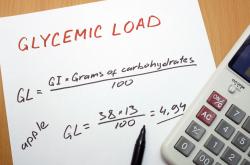

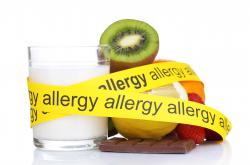

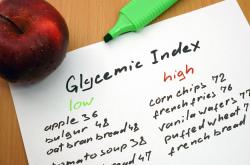

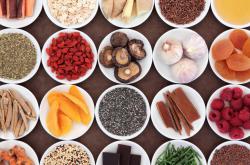

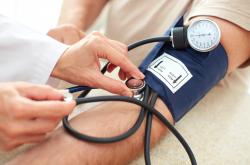







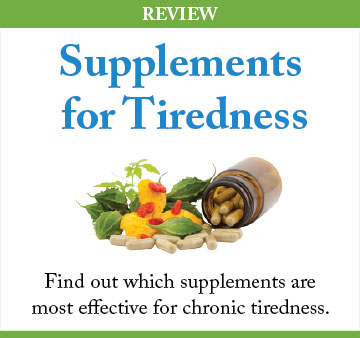
Leave a comment